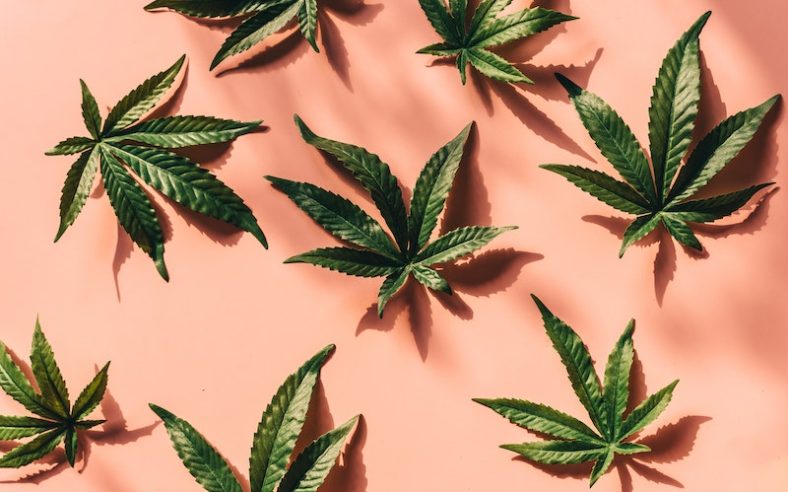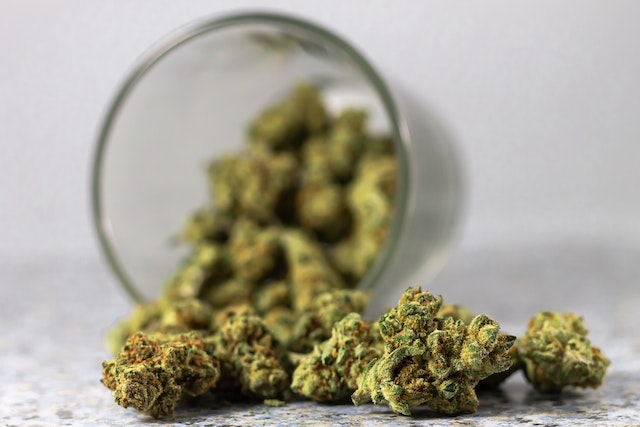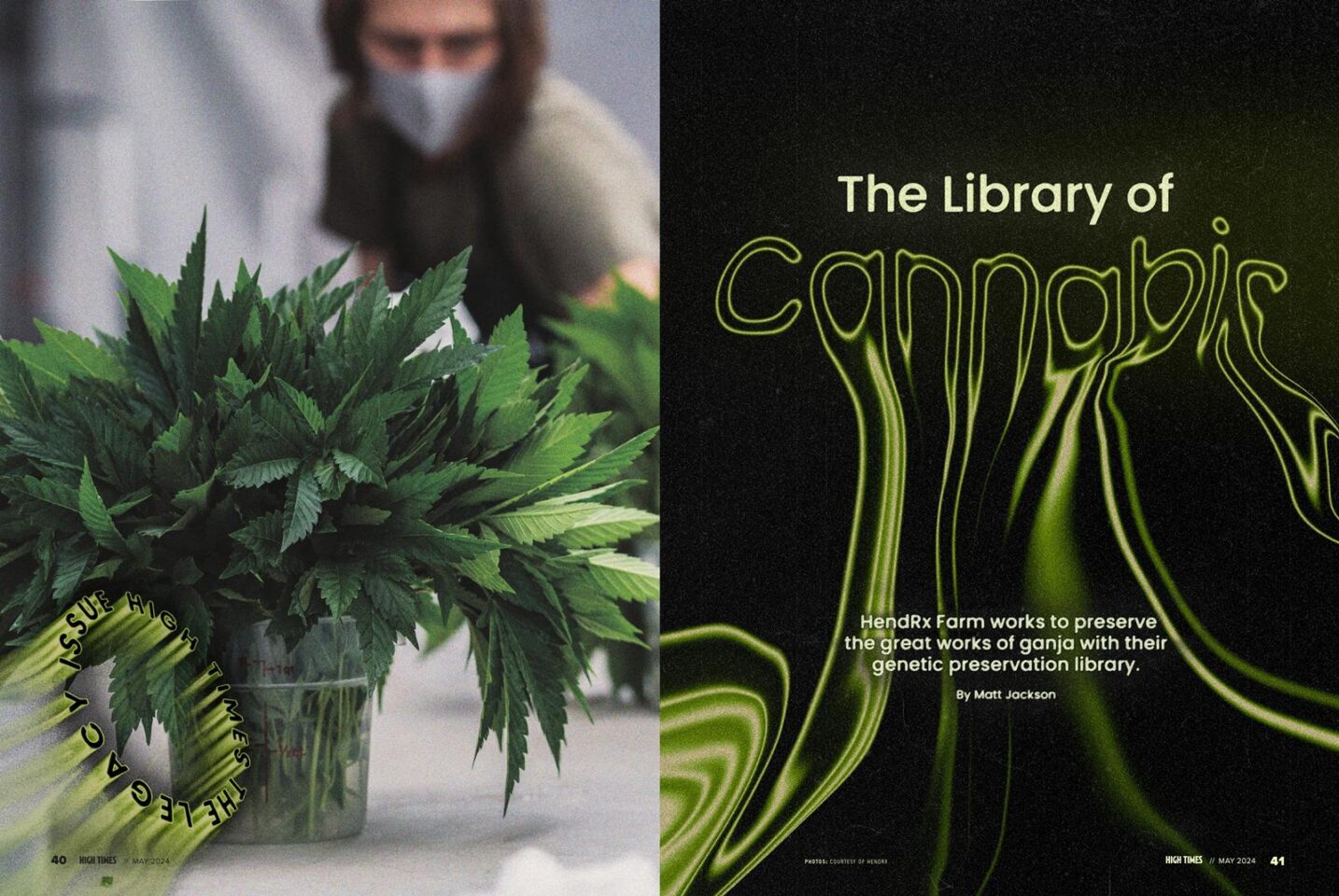
International Cannabis Policy Agreement Serves No Purpose
[ad_1]
Last week the United Nations’ International Narcotics Control Board issued a press release in which the international body expressed, “concern over the trend to legalize non-medical use of cannabis, which contravenes the 1961 Single Convention on Narcotic Drugs.”
In its 2022 Annual Report, the International Narcotics Control Board outlined the following, as also mentioned in last week’s press release:
- notes that the 1961 Single Convention on Narcotic Drugs classified cannabis as highly addictive and liable to abuse, and that any non-medical or non-scientific use of cannabis contravenes the Convention;
- expresses concern that this trend among a small number of governments is leading to higher consumption, negative health effects and psychotic disorders;
- finds the impact of legalizing cannabis on society difficult to measure because legislative models vary from country to country and data is still limited;
- voices concern that many countries continue to have difficulties procuring enough controlled substances for medical treatment, including during emergency situations;
- highlights that countries are confiscating a high number of non-scheduled chemicals and designer precursors used in illicit drug manufacture and is concerned about the global spread of these substances.
Coupled with the points listed above, the press release also provided various arguments and talking points to seemingly portray cannabis legalization in as negative a light as possible. The press release also seemed to ignore quite a bit of real-world context, so I figured I would provide some below.
1961 SINGLE CONVENTION ON NARCOTIC DRUGS
One of the most popular talking points among cannabis opponents as legalization continues its march across the globe is that legalization violates the 1961 Single Convention on Narcotic Drugs.
For many years opponents would point to the international agreement as ‘justification’ for preventing legalization efforts worldwide. After all, opponents benefit from the status quo, so it is not surprising that they will point to this particular agreement and leverage it to try to slow down the legalization process anywhere and everywhere.
Unfortunately for opponents, the legalization genie is already out of the bottle. Uruguay became the first country to pass a national adult-use legalization measure back in 2013. Canada followed suit in 2018.
In late 2021, Malta also passed a national legalization measure. Germany is expected to see a governing coalition-backed legalization measure introduced in the near future, and that will likely result in a flood of other countries doing the same.
With all of that in mind, operatively speaking, the 1961 agreement is becoming more and more symbolic in nature with every passing year. If/when Germany passes an adult-use legalization measure and launches regulated sales, the relevance of the 1961 agreement will erode even further.
That begs the question – why is it still around in 2023? Whether the 1961 Single Convention on Narcotic Drugs exists or not, the reality of the situation is that more countries are going to legalize cannabis for adult use, and no amount of United Nations PR is going to stop it.
HIGHER CONSUMPTION RATES
Another popular anti-cannabis talking point is that ‘consumption rates are increasing in places where cannabis is legal.’ This talking point is a scare tactic that doesn’t provide nearly enough context, presumably by design.
For starters, assuming that consumption rates are truly increasing in all legal jurisdictions, cannabis consumption rates are also going up in places where cannabis is not legal, such as Japan, which opponents seem to always fail to point out.
Furthermore, data from the European Monitoring Centre for Drugs and Drug Addiction (EMCDDA), which is one of the European Union’s decentralized agencies, demonstrates that the countries in Europe with the highest cannabis consumption rates are not those that have passed legalization measures.
‘For young adults (age 15-34), which are often the focus of expressed ‘concerns’ from cannabis opponents, Czechia has the highest reported consumption rate (22.9%) for reported past-year use, followed by France (21.8%), Italy (20.9%), and Croatia (20.3%).
‘For young adults (age 15-34), which are often the focus of expressed ‘concerns’ from cannabis opponents, Czechia has the highest reported consumption rate (22.9%) for reported past-year use, followed by France (21.8%), Italy (20.9%), and Croatia (20.3%).
Malta is the only European country to have passed an adult-use cannabis legalization measure so far, and while it’s still very early in the legalization implementation process, the EMCDDA estimates that “around 4.3% of those aged 18-65 years reported having used cannabis during their lifetime” in Malta.

That’s ‘at least once in a lifetime’ versus the ‘used in the last year’ measurement that was referenced in the preceding paragraph.
Being that the number is very low to begin with, increased access to cannabis may indeed result in more people consuming it in Malta in the coming years.
Keep that statistic in mind when inevitably cannabis opponents start acting like the sky is about to fall over Malta. Even if the consumption rate doubled, it would still be less than 10%, which in the grand scheme of things is far from being on the high side of the consumption rate spectrum (no pun intended).
All the while it is also worth noting that just because people may be consuming more cannabis, that in itself is not a bad thing.
CONCERNS REGARDING INPUTS
One line that particularly stood out to me in the press release at the heart of this article was, “…countries are confiscating a high number of non-scheduled chemicals and designer precursors used in illicit drug manufacture and is concerned about the global spread of these substances.”
Isn’t this an argument for legalization?
In an unregulated market, there are essentially no rules outside of ‘do not get caught.’ Producers, transporters, and sellers in an unregulated market can add whatever they want to the cannabis during various phases of its life cycle and it often goes completely undetected.
This is not to say that all unregulated cannabis is tainted, however, without proper testing there’s no way to know what is ‘clean’ and what is not.
Compare that to a regulated market in which certain substances are prohibited from being added to the cannabis life cycle, such as pesticides, herbicides, harmful nutrients, and “non-scheduled chemicals and designer precursors.”
Lab testing and site reviews are mandatory in a regulated system to detect and prevent the use of such substances. If tainted cannabis is truly a concern of the UN then the UN should be promoting cannabis reform efforts around the globe instead of trying to hinder them with anti-cannabis propaganda.
This article first appeared on Internationalcbc.com and is syndicated here with special permission.
[ad_2]


